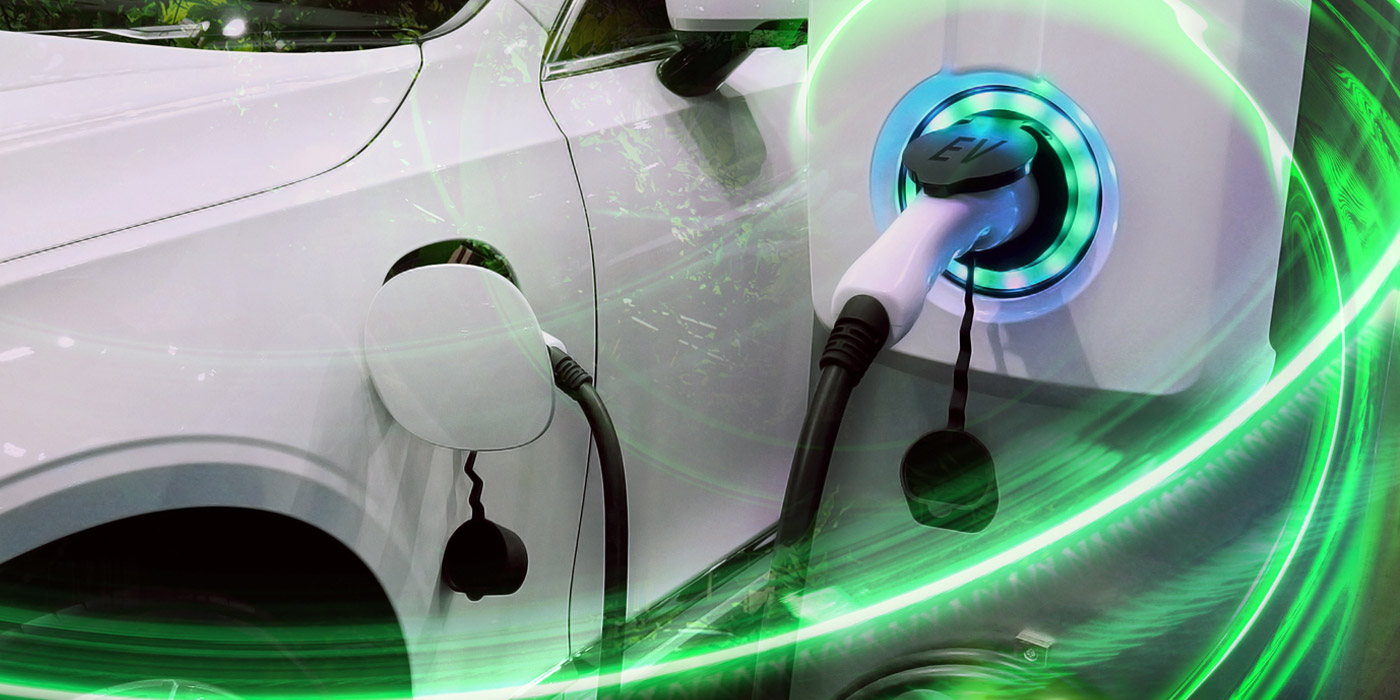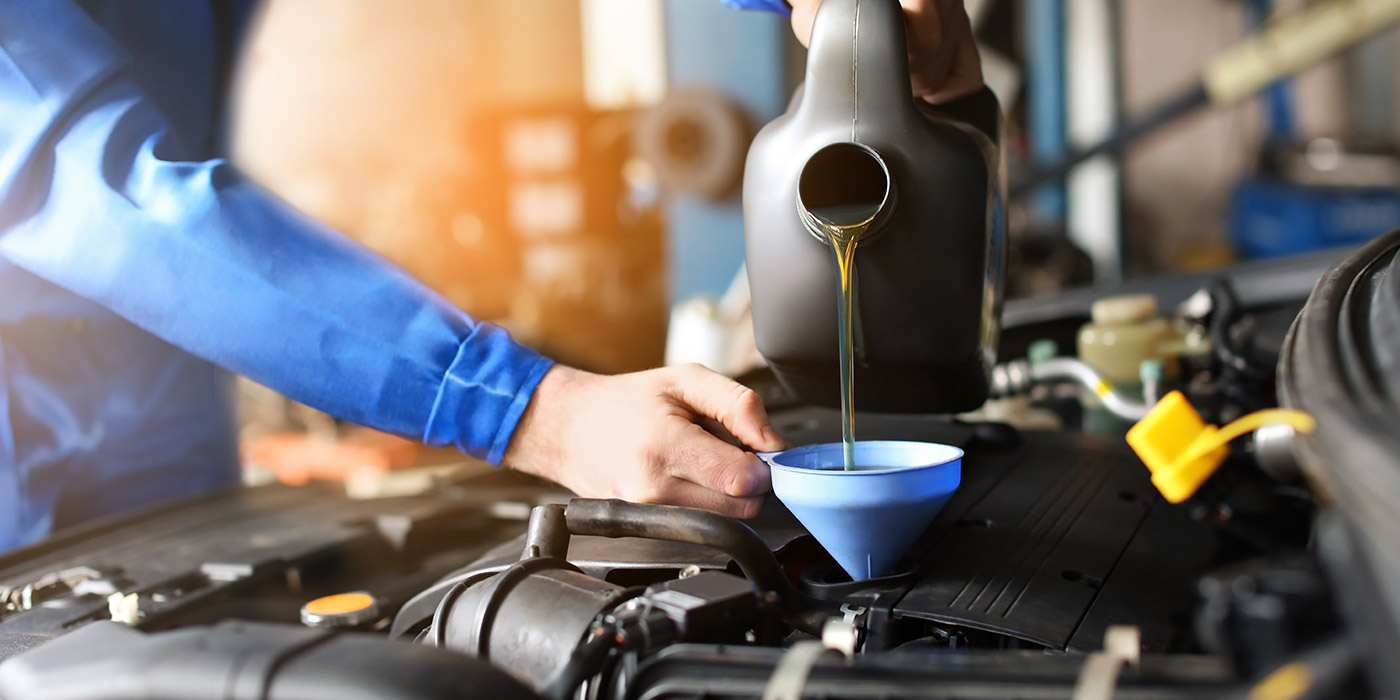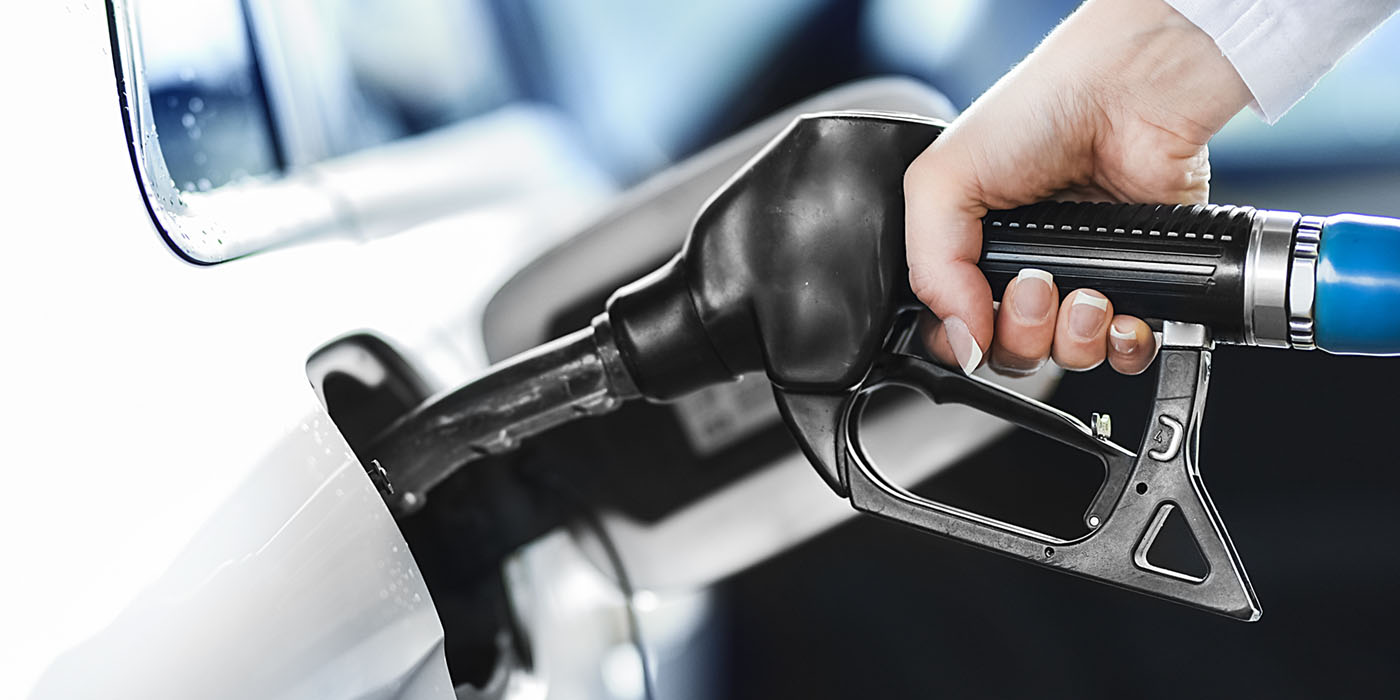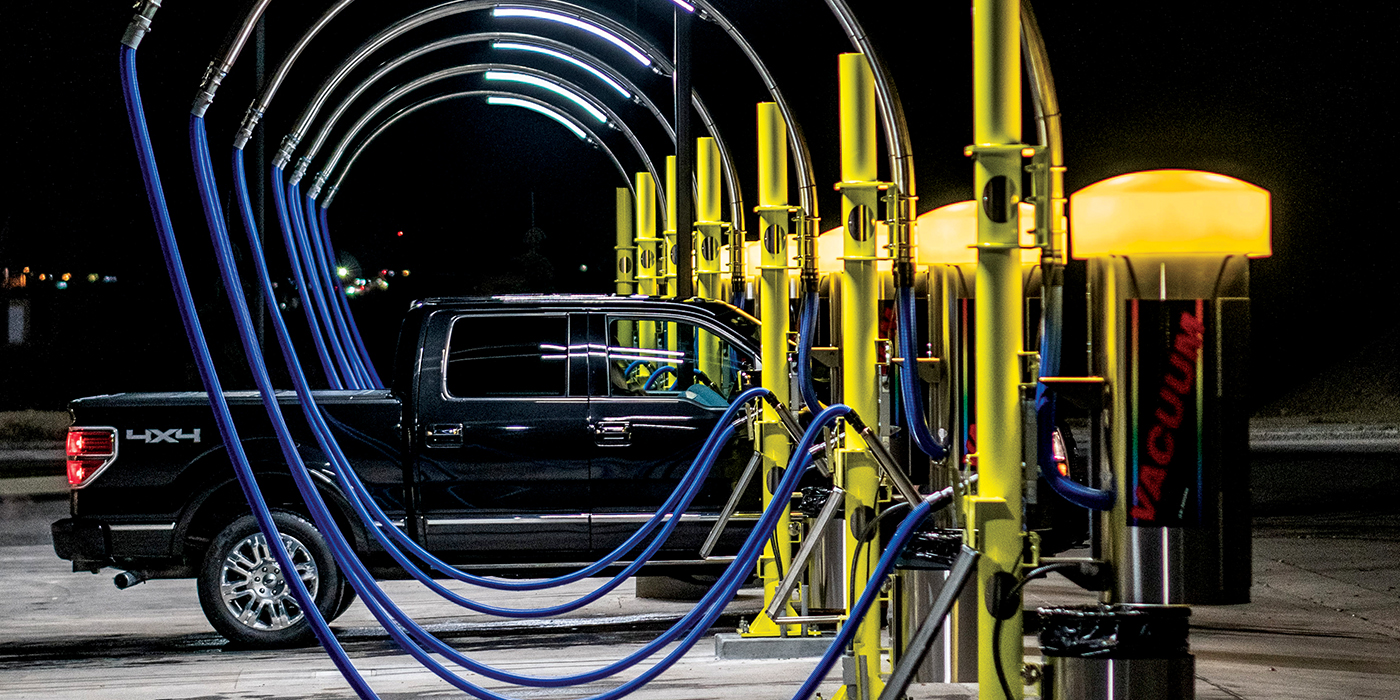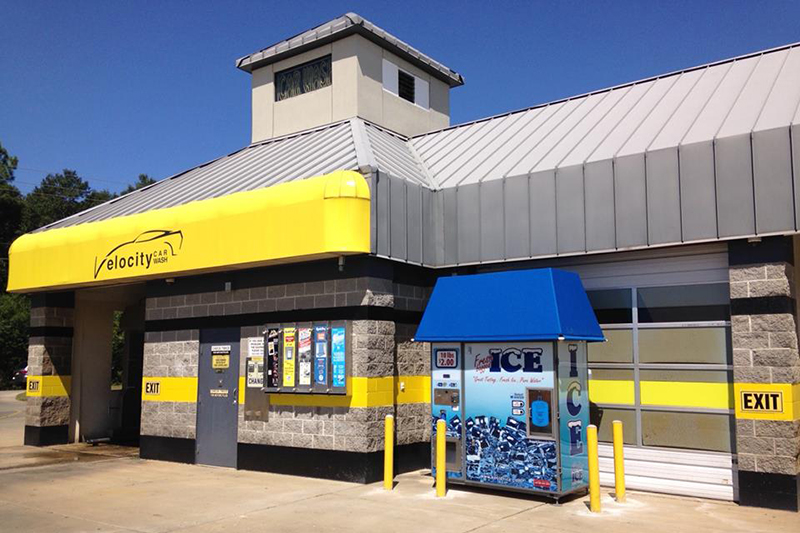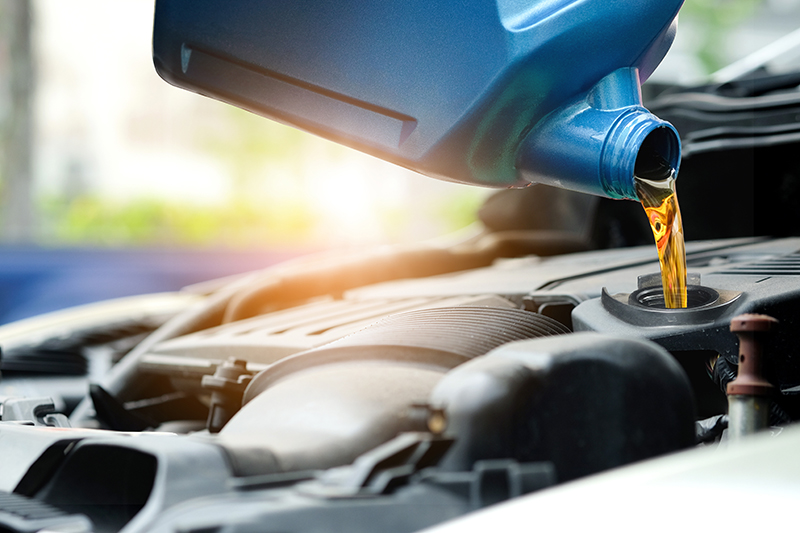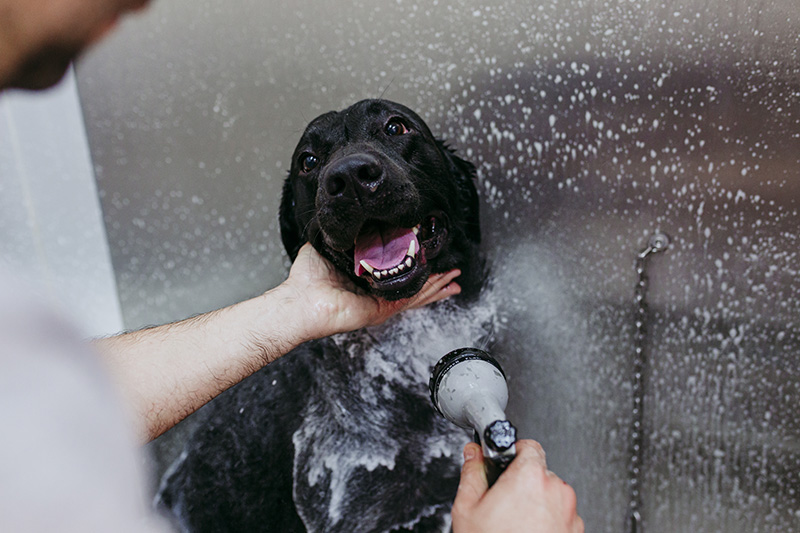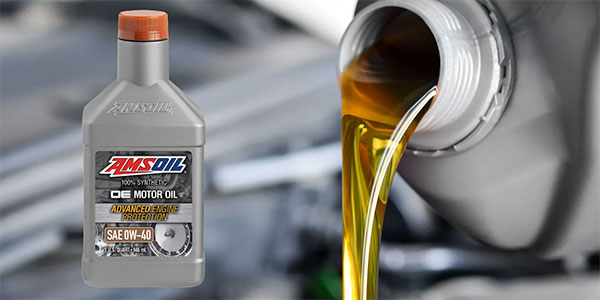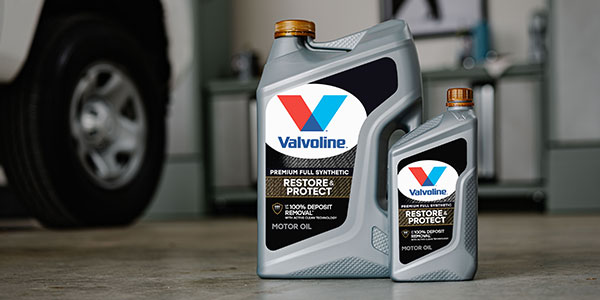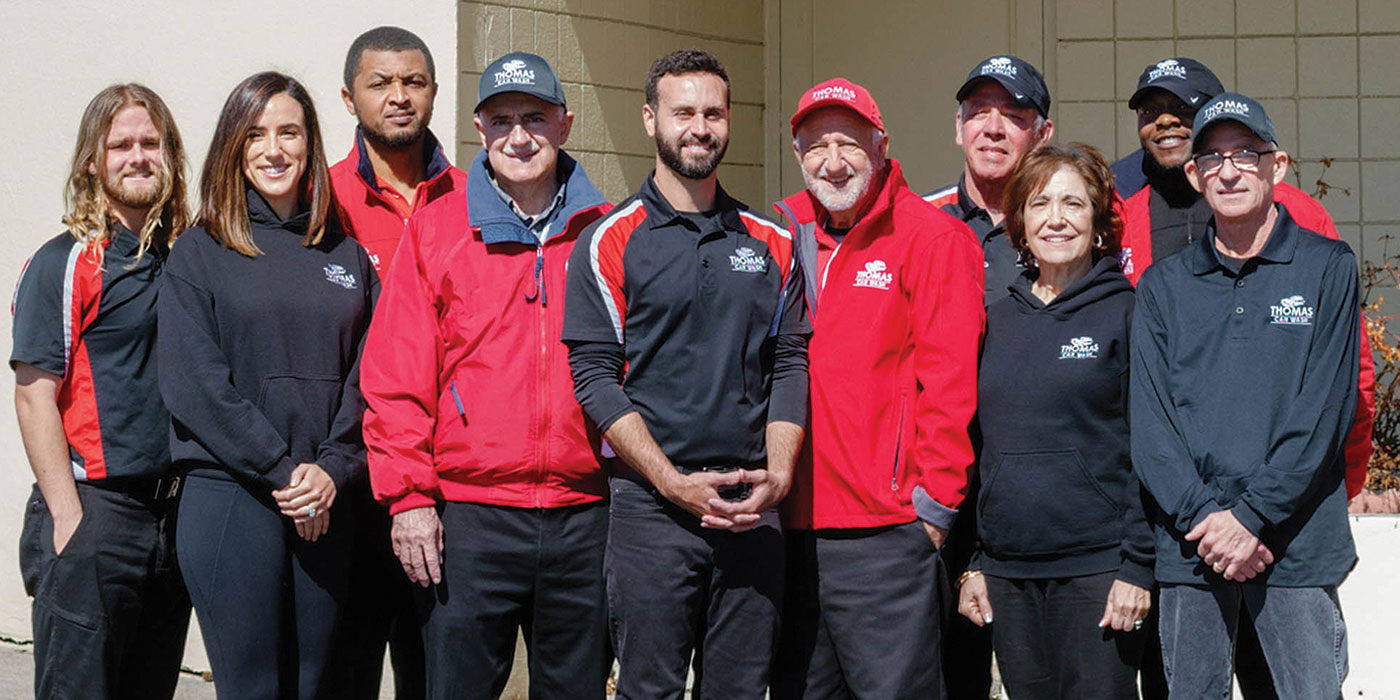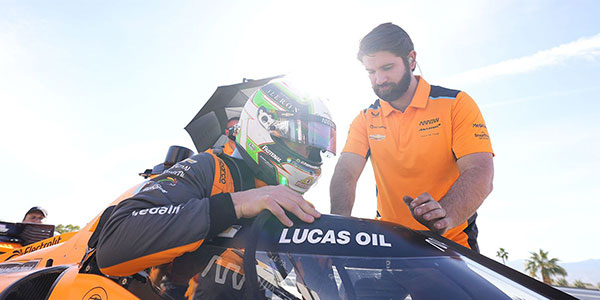Aside from equipment, the largest investment you make in a carwash is in property. Therefore, it only makes sense to maximize your location economics by utilizing as much space as possible for additional profit centers. However, your customers need to be able to associate your profit centers with a carwash in their minds. To that end, this article examines four types of profit centers that have proven to align well with carwashes: pet washes, detailing shops, gas stations and quick lubes.
Pet washes
If you’re pressed for space but still looking for a lucrative profit center, a pet wash will be the way to go. According to the 2017-2018 American Pet Products Association (APPA) National Pet Owners Survey, 84.6 million U.S. households — or 68 percent of the country — own a pet. Of those 84.6 million, 60.2 million own a dog. By those numbers, nearly half of America’s households own a dog — and those dogs, like cars, need to be washed.
When running errands that don’t require leaving a dog alone, people tend to take their dogs along for the ride. If dog owners are coming to the carwash with their dogs, it presents the perfect opportunity to get their pets washed too without interrupting their day. Furthermore, on the consumer side, it’s at least three times less expensive to get a dog washed at a pet wash than to take it to the groomer’s, according to Paul Baron, CEO, North American business operations for Tru-Blu K9000.
Moreover, Baron says, the cost of some dog washes is less than $1.50 per wash for the carwash owner. Thus, a $10 for 10 minute wash, for example, gives the operator an 85 percent profit margin.
A pet wash is simple to install, and many require no personnel to be on-site for their operation or maintenance. At the very least, you’ll need an 8- by 7-foot level section of the property, either indoors or outdoors, for the wash itself. Pet washes will hook up to the existing water, sewer and electrical lines at a carwash.
According to Heather Steines, executive vice president of All Paws Pet Wash, there are various pet wash designs suitable for any carwash type. These include the self service kiosk, the walk-up unit and the fold-up unit.
Advancements in heating and cooling systems have allowed for traditional kiosk pet washes to have a temperature-controlled setting, making them comfortable to use at any time of the year, Steines notes. While the walk-up unit does not have an enclosure like the kiosk, its lack of infrastructure means it costs about 60 percent less, according to Steines. Furthermore, carwash owners often install awnings over these models or put them inside a room or bay. Finally, the fold-up unit appears to have been made with the self-serve operator in mind. As it takes up minimal floor space and can fold away, operators need not give up one of their bays to solely house a pet wash.
“Most models on the market today are outfitted with equipment that is both safe for the pet and convenient for the carwash patron,” Steines notes. “This equipment may include specially designed tubs and sprayers as well as pet-specific soap integrated much like self service carwash equipment.”
As for the operation of the wash itself, Baron offers three pieces of advice:
- Keep it simple. Make the instructions for pet owners intuitive. They do not need to be watching a video or listening to instructions.
- Leave pets smelling fresh. “The shampoo, conditioner and other products used in a pet wash are often a lot more important to dog owners than the soap and wax used on their expensive cars,” Baron says. Furthermore, pets are family members, so make sure these products not only have pleasant scents but that they are also natural, biodegradable and don’t harm the equipment.
- Find a quality supplier. The main point of failure in most pet washes are the hoses, pumps and fittings through which the soaps travel, Baron explains. “Make sure your pet wash supplier offers a great warranty, replacement parts and same/next-day parts replacement,” he adds. After all, your goal is to have as little downtime as possible.
The secret to operating a successful dog wash is that it has to attract the attention of the car owner so that it can add revenue and customer referrals. After all, the average person will not intrinsically think of getting a dog washed at a carwash. However, even non-pet owners can be of help. “Carwash customers without dogs tell their neighbors who have dogs. Now, the carwash owner gets a new customer for their carwash and the pet wash,” Baron notes.
Of course, social media promotions are another way to market the wash, because — let’s be honest — animal photos are all the rage online.
Detailing
Many customers go to a carwash because they don’t want to take the time to wash their cars themselves and because it’s more environmentally friendly. They get their cars detailed for the same reasons. And, since detailing takes a carwash one step further, it is therefore a classic pairing for the business.
According to Keith Duplessie, president of Detail Plus Car Appearance Systems, the first step a carwash owner interested in opening a detailing profit center needs to do is get educated. There are a number of world-class detailers in the industry that you can network with and use as mentors. “This is really one of the keys for a new operator. And, don’t just pick the guy who owns the detail shop right down the street. You want somebody who has a track record of success, who’s worked with multiple business operations in developing something that fits your market. Every market is different,” Duplessie asserts.
The other key factor you need to look for in a mentor is honesty. You want someone who will not be afraid to tell you that you are doing something wrong or that there’s a better way.
After finding a mentor, you need to decide which type of detailing operation to pursue. There are two styles of detailing a carwash can operate, but they are drastically different business models: express detailing and full detailing.
“Express detailing services really are maintenance-level services. And that would be the first place, if I were a carwash operator, that I would look to because express services are à la carte detailing service offerings, from carpet shampoo, seat cleaning and reconditioning, wax application and protective applications to the exterior of the vehicle — those kinds of things,” Duplessie explains.
Express detailing services operate on the same model as a carwash: they are an impulse buy. Full detailing services, on the other hand, are a planned purchase. Express detailing, which can be done in 30 minutes or less, does not involve scheduling an appointment, dropping off a car and leaving it for hours at a time like a full detailing service.
Due to the different business models, even the building needs are different. While an express detailing area, depending on the part of the country you’re in, can make do with an awning or a few vacuum cells you already have at your wash, a full detailing center will require a separate building with multiple bays and room enough to store several vehicles. The amount of bays and the size of the building will depend upon your projected volume.
According to Duplessie, “The industry standard’s about four man hours or labor hours to accomplish a detail service.” While some details will take longer — perhaps up to eight hours — using this average and knowing about how many cars you want to process in a day, how many people you plan to hire and how many employees will work on a car at once can help you calculate how many bays you would need.
As far as hiring is concerned, Duplessie says that detailers can be trained, so you don’t necessarily always need to hire a professional one. Now, if you are starting from scratch and new to the industry yourself, it is recommended to hire someone knowledgeable who can then train others.
As for the secret to a successful operation, Duplessie says, “If you have a successful operation, more than likely it is because it is well-managed. So the key out there is to find somebody who can manage.”
This person needs to be able to have an affable personality and be someone who can manage employees, schedules, operations and customers. Of course, you will still have to implement the other pillars of a successful business, such as treating your customers well, providing quality service and offering the services your customers want to buy. But, a quality manager will be at the center of all that.
Finally, no matter what type of detailing operation you choose, there is a plethora of equipment you will need. Duplessie provides a list of base equipment:
- Rotary buffers
- Dual-action polishers
- Steam extractors
- Ozone generators and machines
- Chemical products (estimate around 20)
- Spray bottles
- Polish pads
- Towels
- Carts and storage cabinets
- Air compressor
- Vacuums.
All in all, Duplessie offers this final piece of advice: “I have never seen the detailing industry on fire like it is now. There are more resources, better people and better international trade association support than we’ve ever seen before. There’s never been a better time to own, operate or be in the auto detailing industry. So, if there were a time for a business owner to start, today is that day.”
Gas stations
There are a plethora of gas stations with carwashes — usually of the in-bay automatic variety — but it’s much rarer nowadays to find a carwash (think self-serve or conveyor) with a gas station. For a fuel retailing business, a carwash is an ancillary profit center. For a carwash with a gas station, however, it is best to approach both as equal shares of a site.
If it’s so uncommon, why invest in the fuel retailing business anyway? According to Bob Dubinsky, CEO and president of Waterway Gas and Wash, having these two automotive-related services on the same site is convenient for customers, providing a one-stop-shop experience. “Especially with the advent of unlimited carwash programs, the timing of how often you get gas and how often you get the car washed are more consistent,” he notes. “In addition to its contribution as a stand-alone profit center, there is no question that selling gas helps to sell more carwashes.”
However, Dubinsky highlights four major points operators need to consider before going into the fuel business: site layout, branding, wholesale fuel purchasing and your target market.
The location and layout of the site is extremely important to a gas station — more so than even a carwash, Dubinsky claims, since gas is more of a convenience business than a carwash is. A gas station needs to be located in an area with high traffic counts, and the traffic flow of the site — especially ingress and egress — is critical.
As far as physically building the site goes, Dubinsky notes that it’s not much different than building a carwash. You will have to work with a vendor who supplies and installs the equipment, such as the underground storage tanks, piping and dispensers. However, for those used to installing their own carwash equipment, there is one major difference. “We do all of our own installation of carwash equipment, and that is not uncommon,” Dubinsky states. “I think the installation of the fueling infrastructure is more specialized, and so you’re really required to use a third-party vendor for that.”
The next major consideration is branding. “If somebody is new getting into [fuel retailing], they would certainly want to associate with a major brand of gasoline,” Dubinsky notes. Waterway sells fuel at 20 of its 22 locations. “We’ve been a reseller of major brand gasoline since the beginning but are now working to develop our own branded offer. Our first WaterwayFuels location debuted [in October].” The others are a mix of Phillips and BP gasoline.
However, branding won’t do you much good if your fuel is too costly and your profit per gallon sold is low. “You have to buy at wholesale efficiently,” Dubinsky warns. “If you have a bad fuel supply deal, it’s going to be tough to make money. There’s some complexity in that.”
Finally, you need to decide what type of gas business you are trying to run. Are you going to sell gas only to your carwash customers, or will you sell it to non-carwash customers as well? Dubinsky notes that, while his company does have stores that operate in both ways, he would not open a new store today that sells fuel only to its carwash customers.
Nevertheless, the audience you choose will affect how you set up your system and market yourself. For instance, if you choose to sell only to carwash customers, you do not necessarily need to find a location that is prime for a gas station — only for the carwash. If you aim to reach non-customers, however, you need a location that will make your gas station a draw.
In summary, Dubinsky says, while Waterway would build carwashes without gas stations, it would not build a gas station without a carwash. “We think that the gas business is more of a commodity than the carwash business. The carwash business is a great business because it’s hard to do, so if you do it well, you’re more differentiated and less of a commodity. We’re very focused on a strategy that makes us special,” he concludes.
Quick lubes
Traditional quick lubes offer preventative automotive maintenance services as opposed to major repairs. These services often include oil and other fluid changes, tire rotations, battery services, state inspections and more. As with gas stations, having automotive services on-site with a carwash creates a synergy and saves customers from having to make multiple trips to maintain their vehicles.
So, should you open a quick lube? According to Ron Slone, president of Hoffman Development Corp., which owns the Jiffy Lube presence in the Albany, New York, market, the answer correlates to your carwash volume. In Hoffman’s case, seven of the nine Jiffy Lube locations it owns are attached to carwashes — a mix of full service, flex service and exterior-only. In that regard, Slone says, it doesn’t matter what type of carwash you own. Rather, he notes, “What we do see is that the higher the volume in the carwash, the higher the volume in the associated quick lube shop.”
And, similar to gas stations, becoming a franchisee of a major lube brand is the recommended option if you are new to the industry. Franchisees can benefit from having the franchisor provide them with operating procedures and practices, a point-of-sale system and ongoing support.
Next comes the construction of the quick lube itself. While there are some significant differences between building a quick lube and a carwash, the good news is that a quick lube is far easier to build. In fact, Slone says, it’s so low-maintenance that, unlike a carwash, you likely won’t have to visit it again. Yes, you will have to replace some lifts and see to anything else that happens from time to time, but whereas a carwash requires daily, weekly and monthly inspections, a quick lube requires much less time and attention.
Once you’ve built your quick lube, you need to staff it. As an owner, you need not know much about the mechanics of a car to open a quick lube. In fact, since these are relatively simple maintenance procedures, you’ll learn enough as time goes on to be able to ask and answer the right questions. Just be sure to hire good, experienced people.
On the same token, Slone cautions those who decide to delve into more mechanical repairs, such as brakes and tires. For instance, while plenty of Jiffy Lubes offer these services, Slone notes, it’s up to an owner’s discretion to do so, and these services require more understanding of a vehicle’s mechanics.
Also, Slone recommends not trying to cross-train carwash and quick lube employees. “We’ve tried for years to cross-train employees from one to the other, and we’ve not had a lot of success with that. It almost seems like they’re just two different sets of employees — one wants to work in the carwash and one wants to work in the quick lube,” he explains.
In fact, it’s best to see carwashes and quick lubes as two totally distinct businesses and profit centers, and to approach their operations and management in this way. In regards to his own company’s carwashes and quick lubes, Slone proclaims, “We expect them to stand on their own.”
Finally, the secret to running a successful quick lube is the same as running a carwash: hiring good people and keeping a strong focus on customer service. “The quick lube segment is very competitive — it’s very crowded. To be successful, you’ve got to stand out. It comes down to good customer service. We all change oil the same way. We don’t have a better way to change oil. There’s not a secret way to change oil. It all comes down to just executing all of the customer touchpoints properly,” Slone concludes.
Your goal as a business owner is to make money, so maximize your opportunities and seek out help when you can. Remember, each of these profit centers is tried-and-true, and each one offers cross-promotional opportunities. Coupling a pet wash, detailing service, gas price or quick lube service with your monthly membership or offering discounts on one service when you buy the other is a great way to make customers aware of your services and generate more profits.


